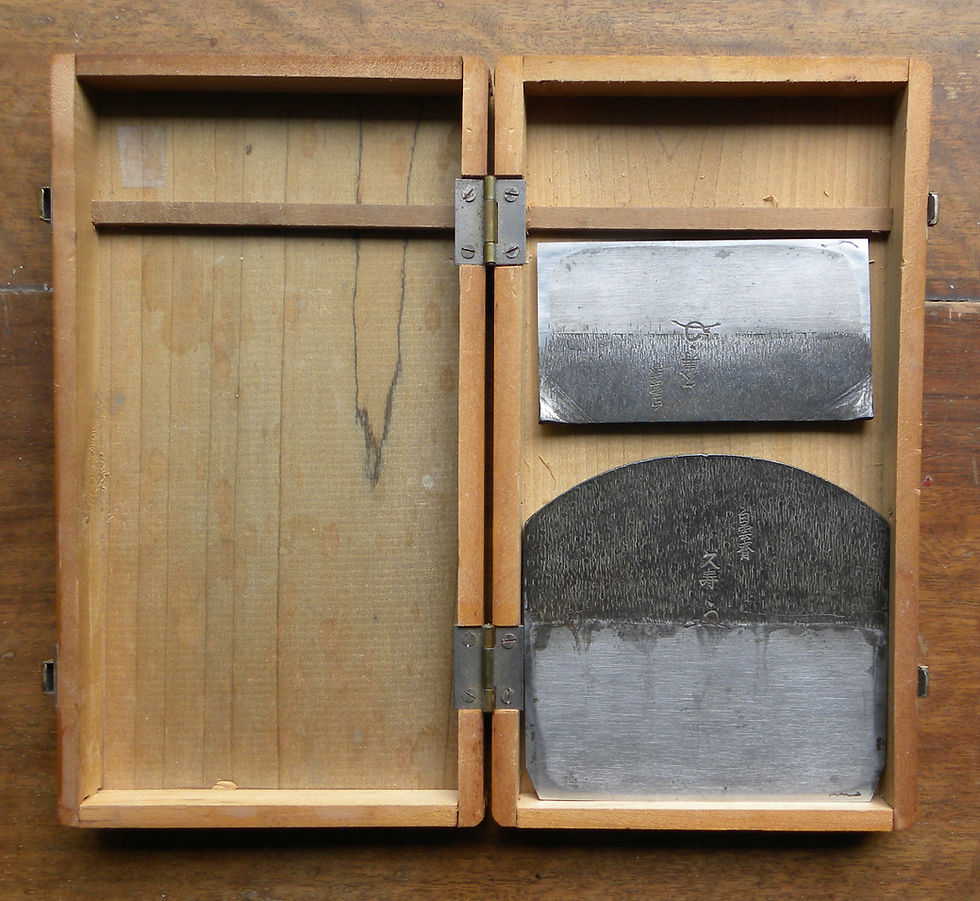Stones, where did they come from?
- ALEX

- Apr 11, 2020
- 2 min read
Updated: Jan 9, 2024
Posted on July 5, 2012 by Administrator

I am a theorist, not a trained geologist. My intuition tells me that the particles making up the sharpening stones called Awasedo were composed during an extension of short but intense volcanic eruptions of tephra, during which time millions if not tens of millions of tons of material were released into the air only to settle and cool in pools of fresh water in and around the area which we not call Lake Biwa. And, that during that period, spurts of iron rich alternate ash deposits were intermittently carried up into the atmosphere by those same prevailing winds from the volcanic source and these settled upon the silica and alumina tephra creating distinct sedimentary layers. The ratio, the particle size and the distance from the source were wholly dependent upon their specific gravity. Layer upon layer alighted upon pools of relatively shallow fresh water and settled in an orderly manner. Some tephra layers having chemical components would react to form miniature gas bubbles. Some layers were more variegated as in these examples,


I am speculating that at intervals determined by the activity of the volcano, massive waves of larger alternate material in particle form and size were thrown farther up or enough towards those pools where they settled upon each of the previous deposits. This new material sealed or acted as a cap or shield to seal off the previous layer thereby retaining the purity of the earlier sediment composition from contaminates. We know this particle type in its current form as kawa.
The kawa on each stone is like a fingerprint with unique characteristics of color and chemical composition. The kawa from each mine in the Yamashirio area of Kyoto looks like rough tree bark. Settling in a different location with its unique chemical composition. In this open-air dispersal scenario, all of the minerals were governed by the specific gravity and wind speed and acted in the same way as they did with the purer silica material in its dispersal at different distances along the path leading away from the volcano; not randomly but understandably and logically. It is not difficult to believe that a strong prevailing wind could remain stable in a particular direction over some time long enough to deposit large amounts of material.
The commonly held alternate dispersal and layering scenario espoused is that the Awasedo material is made of radiolarian chert settling upon the ocean floor, and that all of this activity occurred about 225 million years ago during the Jurassic Era.
In either case I hope that this short description will open up some conversations on the subject.
Alx
Recent Posts
See AllWe are participating in the event of Kezurou-kai 2023, Saturday & Sunday, Sep. 30th & Oct.1st. Alex will have a sharpening demo and...



Komentáře